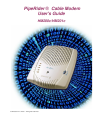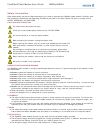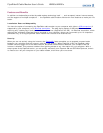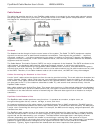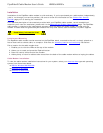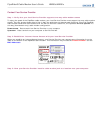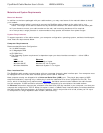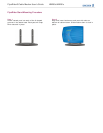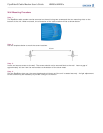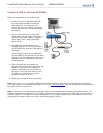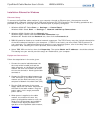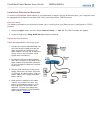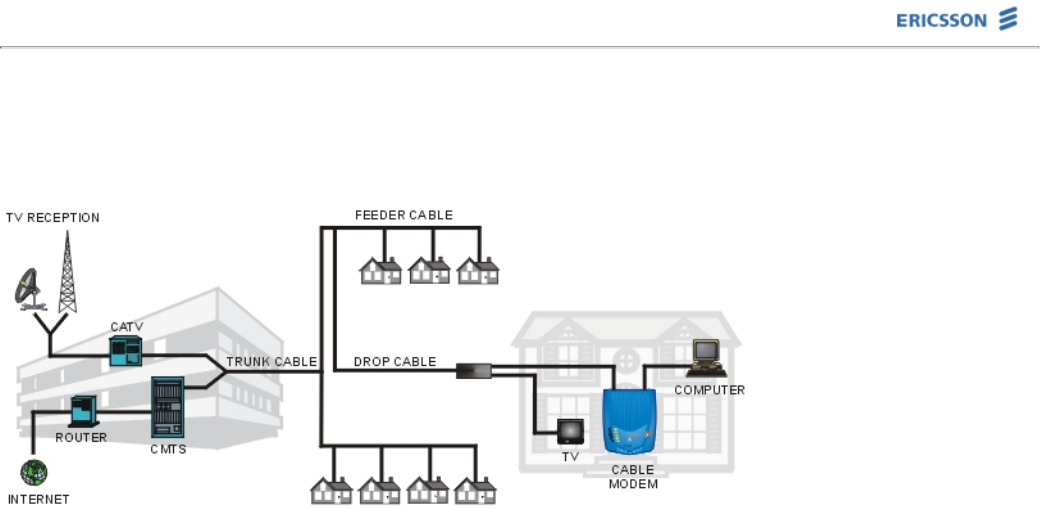
PipeRider® Cable Modem User's Guide HM200c/HM201c
Cable Network
The cable that provides service to your PipeRider cable modem is connected to the same cable network system
that brings cable TV service to your home. A simplified version of the cable system is depicted below. Click on
the diagram for a description of each of the main system components.
Headend
The Headend can be thought of as the control center of the system. The Cable TV (CATV) equipment receives
signals from sources such as satellite and broadcast transmissions. These signals are processed --- amplified,
converted, combined --- and then transmitted to your home. In addition to receiving TV signals, the Headend
equipment includes a computer, known as the Headend Router, that controls operations between the Headend
equipment and the Internet.
The Cable Modem Termination System (CMTS) is a major component of the Headend. The CMTS interfaces to the
cable network, the backbone data network, and several support systems. It controls the configuration,
registration, and media access of all the PipeRider cable modems under its control, and determines who gets to
transmit when and for how long. The CMTS can talk to all the cable modems, but the cable modems can only talk
to the CMTS. Therefore, if two cable modems need to talk to each other, the CMTS will relay the messages.
Cables Connecting the Headend to Your Home
A main "trunk" cable carries the signals out from the service provider building. The trunk cable then branches into
smaller diameter "feeder" cables, which lead out into the different geographic areas serviced by the provider. An
even smaller "drop" cable connects the feeder cable to the customer's home, where it is then split into two cables:
one that goes to the TV (if the customer subscribes to cable TV), and another that connects directly into the
PipeRider cable modem.
Many cable networks are Hybrid Fiber-Coax. This means that signals run in fiber-optical cables from the Headend
through the trunk cable, and as the cable branches out, the signal is transferred to coaxial cables. This branching
architecture is the most efficient method of transmitting the video and data signals from a Headend to multiple
customers.
PipeRider Cable Modem's Role
The PipeRider cable modem performs many functions. It operates as a modem, a duplex tuner, an
encryption/decryption device, a server, a bridge, a router, and more.
An important component of the cable modem is the Media Access Control (MAC) mechanism. The MAC runs the
protocol and is positioned between the receive and transmit paths. In coordination with the CMTS, the MAC plays
a major role in controlling the sharing of media. For example, the MAC controls ranging, assigns frequencies, and
allocates time slots.
The PipeRider cable modem tunes to the channel that has been dedicated for data transfer. It receives the data
from the service provider in the form of radio frequency (RF) signals, and translates the data to USB or Ethernet
signals that can be understood by your computer. The cable modem exchanges data in two slightly different
manners, depending upon whether the modem is transmitting or receiving data. One spectrum of signal
frequencies is assigned for the signals that move from the Headend towards the user (downstream), and another
spectrum of signal frequencies is assigned for the signals that move from the user towards the Headend
(upstream). Typically, higher frequencies flow downstream and lower frequencies flow upstream.



